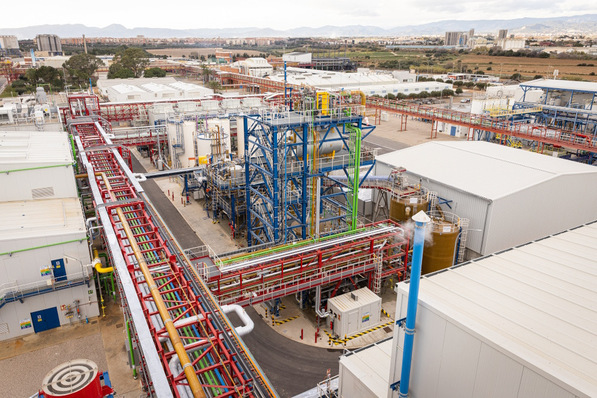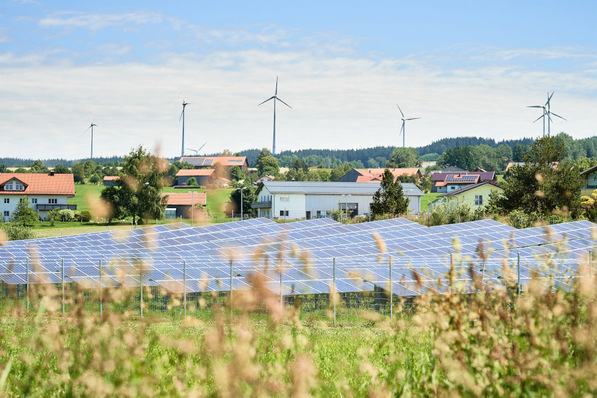With record-breaking solar PV installations and an increasingly sophisticated storage market, stakeholders across the energy sector—investors, developers, EPCs, utilities, and policymakers—must navigate a rapidly evolving landscape to unlock new opportunities and overcome pressing challenges.
Surging investments in solar & storage
Germany reinforces its status as Europe’s largest solar market. With the government targeting 215 GW of solar PV by 2030, demand for commercial & industrial (C&I) and utility-scale projects is skyrocketing. However, this growth is accompanied by increasing grid congestion and volatility, fueling the demand for advanced energy storage solutions.
Expert analysis: Battery storage as a business model for PV
Battery storage installations are expected to triple by 2030, driven by policy incentives, falling costs, and the rising need for grid stabilization and flexibility services. Innovations in hybrid solar-plus-storage systems, virtual power plants (VPPs), and AI-driven energy management are reshaping the industry, offering lucrative opportunities for investors and project developers.
Solar Investors Guide #4: Long-term storage with iron flow technology
Key market trends to watch
Corporate PPA & RE100 commitments
Large-scale corporate energy buyers are accelerating the adoption of Power Purchase Agreements (PPAs), ensuring long-term price stability and supporting carbon neutrality targets.
RE100 companies in Germany are increasingly looking at onsite solar + storage solutions to optimize energy consumption and reduce grid dependency.
Grid modernization & storage integration
With grid constraints posing a major bottleneck, battery storage and demand response solutions are playing a crucial role in balancing renewable intermittency.
Co-located solar + storage projects are gaining traction as developers seek to maximize returns by capturing peak energy prices and participating in ancillary services markets.
Regulatory evolution & market incentives
The German government is introducing new storage-friendly policies, including tax incentives, capacity markets, and reforms to grid fees, making battery projects more financially viable.
The EU’s Green Deal Industrial Plan is set to accelerate investment in energy storage manufacturing, reducing reliance on imports and strengthening Europe’s supply chain.
Join the conversation May 6 in Munich
To gain deeper insights into these market dynamics and connect with leading investors, developers, EPCs, and policymakers, don’t miss the 3rd Germany Solar & Storage Conference 2025.
Date: May 6, 2025, Location: Leonardo Royal Munich, register here. (hcn)








